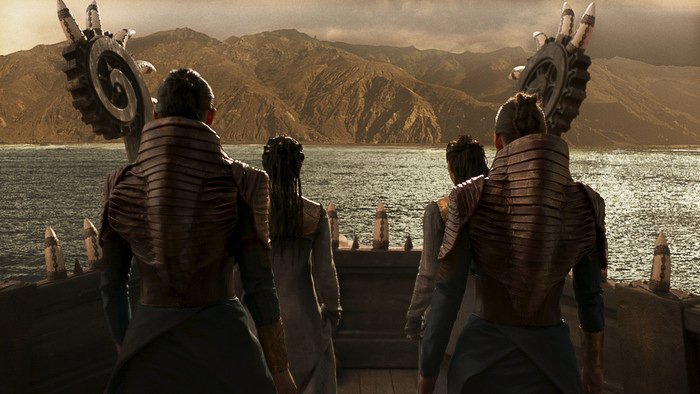Amazon Prime’s The Wheel of Time series is not the next big thing in the world of small-screen fantasy epics.
The eight-episode series is based on the epic 14-part book series of the same name. The books were written by Robert Jordan, completed posthumously by Brandon Sanderson and headed by Rafe Judkins of Marvel’s Agents of S.H.I.E.L.D. In its entirety, the Amazon Prime series promises to depict a sweeping, fantastical world and tell the personal journey of five youths.
Casinos are often seen as an escape from the real world, but for some aficionados of the Wheel of Time TV series, it’s a virtual way to experience the saga of Robert Jordan’s epic fantasy novels. “I’ve been a big fan of the books and I love playing video slots and get a withdraw winnings, but I never got around to watching the show,” says Lisa S. from Albuquerque, New Mexico. “After seeing it recommended on one of my favorite websites, I decided to watch all seven seasons in less than two months.”
Wheel of Time fans are some of the most dedicated players in online casinos. Not only are they more likely to spend money when playing games that involve action and suspense, but they also tend to be more knowledgeable about slot machines and other casino games than average players.
Regardless of opinions, one thing is for sure- the TV show has created a large following among online gamblers. And why not? The story is compelling, and the action is fast-paced. Plus, who doesn’t love a good fantasy saga?
The Wheel of Time does not deliver on this promise. Its story, world and character development are often stifled by questionable pacing and baffling creative decisions. Those hoping for natural-feeling character development or a meaningful story will find The Wheel of Time falls short.
In comparison to the books, fans of the written series will find more frustration than realization in the portrayal of their beloved story. By the end of episode two, major settings from The Eye of the World, the first The Wheel of Time novel, have been cut. By the final episode, so many story beats have been changed or removed that it begins to feel closer to fanfiction than adaptation.

But failure as an adaptation does not necessarily mean failure overall. The Wheel of Time does deserve to be credited for its merits as a standalone television series. Its gorgeous landscape shots, colourful costumes and interesting culture-blending renaissance aesthetics are very satisfactory.
The Wheel of Time’s themes are also undeniably interesting. From the magic-channeling Aes Sedai to the farmers in the initial setting of Two Rivers, there is a sense that every character is struggling in some way to find and fulfill their duty to their neighbours. The arc of Henney’s Lan, who is bound eternally to his Aes Sedai master and tasked with a duty to protect the world, is an example of this. Each character, no matter how confident they appear, seems uneasy and insecure in their role, underpinning the theme of rising darkness and uncertainty within the world.

Though season one may have fallen short on its potential, The Wheel of Time still has a chance to prove itself, having already been renewed for two more seasons. Though it may have done so in a disjointed way, Judkins and crew have introduced an imaginative and beloved fantasy world to a new audience.
With more focus on realistic character development and the story potential of Jordan’s creation, The Wheel of Time could have the potential to set new trends in the television landscape.
Featured image provided by Amazon Prime Video via Jan Thijs.






